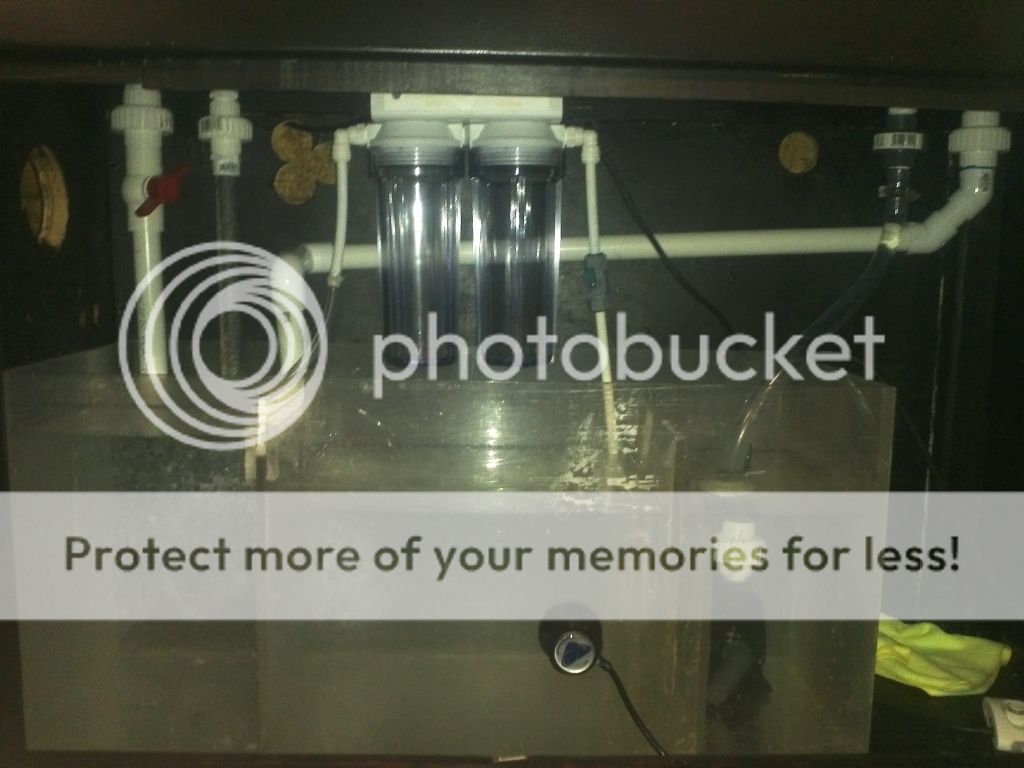dwolson2
New member
Uncle of 6, you posted this on converting dual corner overflows into the bean animal
Just to verify that I have this correctly, as long as the bottom of the weir is lower than the open channel, I would have connected the two boxes together and they should work like one long overflow box.
Also, could the original standpipes be used and kept as two open channels and just convert one of the returns into the siphon. Although there would be no "emergency" the two open shouldn't have any problems handling the flow(since that's how it was designed)
Lastly, I have the "slits" that are in the current weirs on the tank, should i put the C2C slightly lower than the bottom of the slits so more water goes down the smooth back instead of the slits?
well, yes and no. There are a couple options, though putting a herbie in one overflow, and blocking off the other would be a little simpler.
The overflows can be bridged, with a narrow weir, put the siphon in one overflow box, the open channel in the other, the emergency in one, and the return in the other.
Another option, is to put the siphon and open channel in one overflow box, and the return and dry emergency in the other. Water would need to be kept out of the second overflow, as there would be no water movement inside, and it would stagnate.
The grand plan would be to remove the corner overflows, plug the holes, and install a coast to coast. Drill and plumb out the back of the tank.
Jim
Just to verify that I have this correctly, as long as the bottom of the weir is lower than the open channel, I would have connected the two boxes together and they should work like one long overflow box.
Also, could the original standpipes be used and kept as two open channels and just convert one of the returns into the siphon. Although there would be no "emergency" the two open shouldn't have any problems handling the flow(since that's how it was designed)
Lastly, I have the "slits" that are in the current weirs on the tank, should i put the C2C slightly lower than the bottom of the slits so more water goes down the smooth back instead of the slits?







